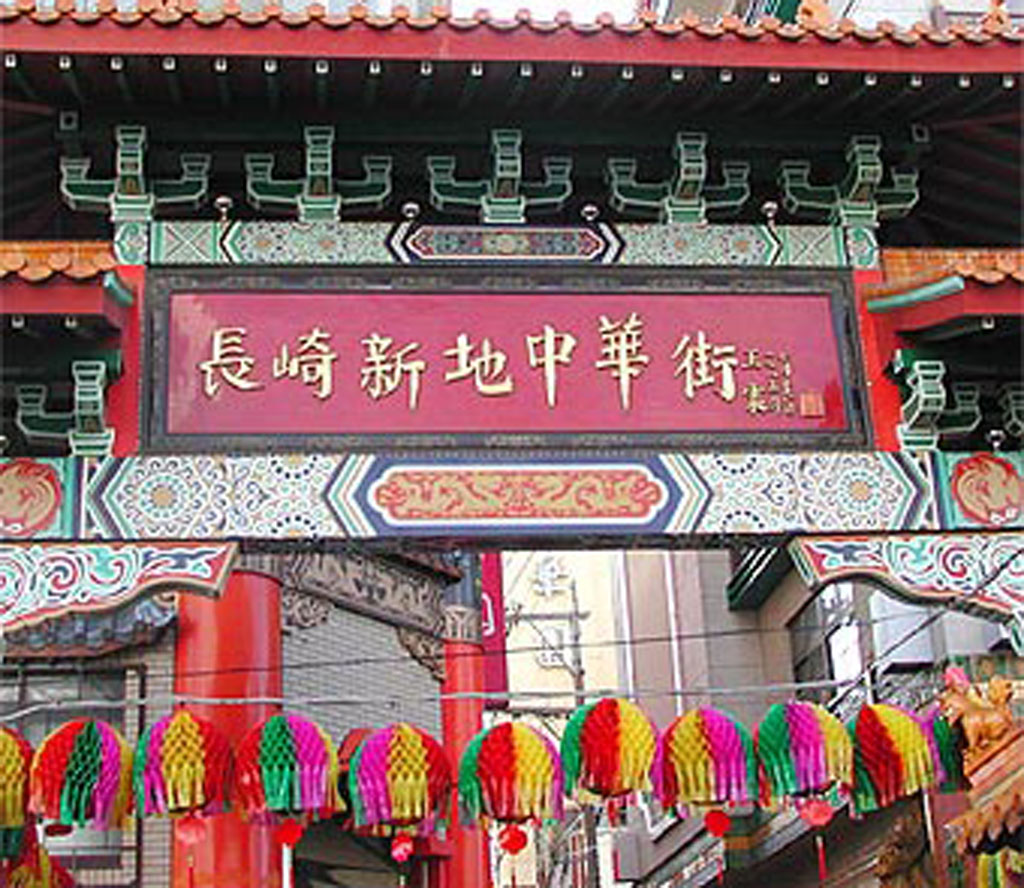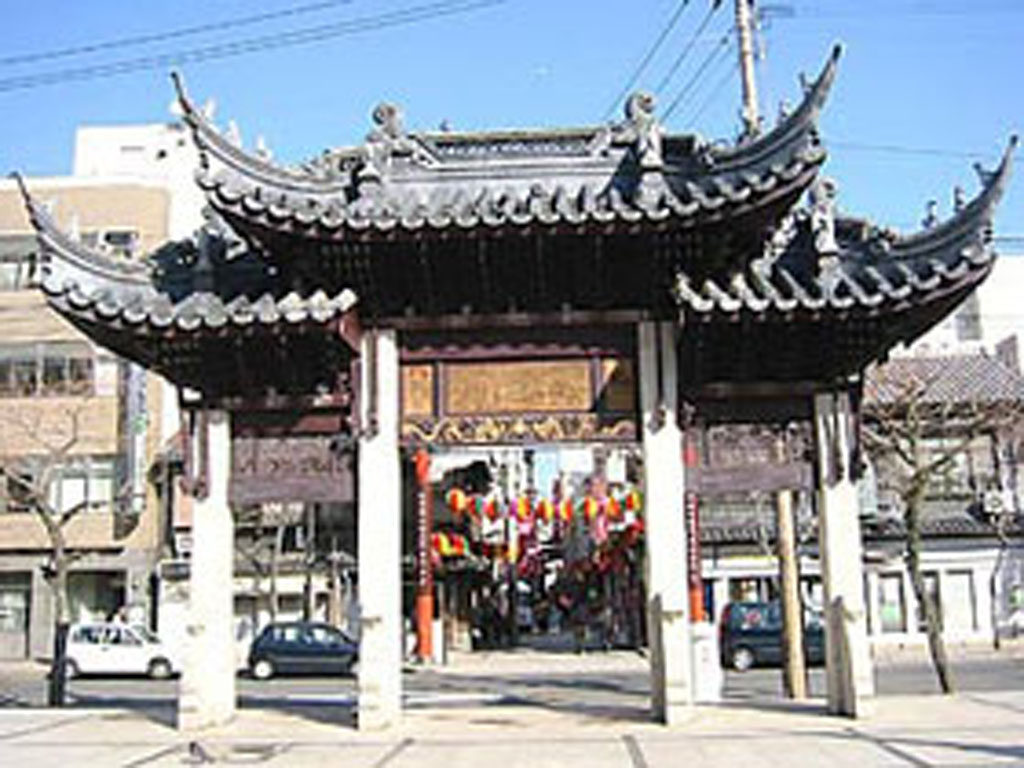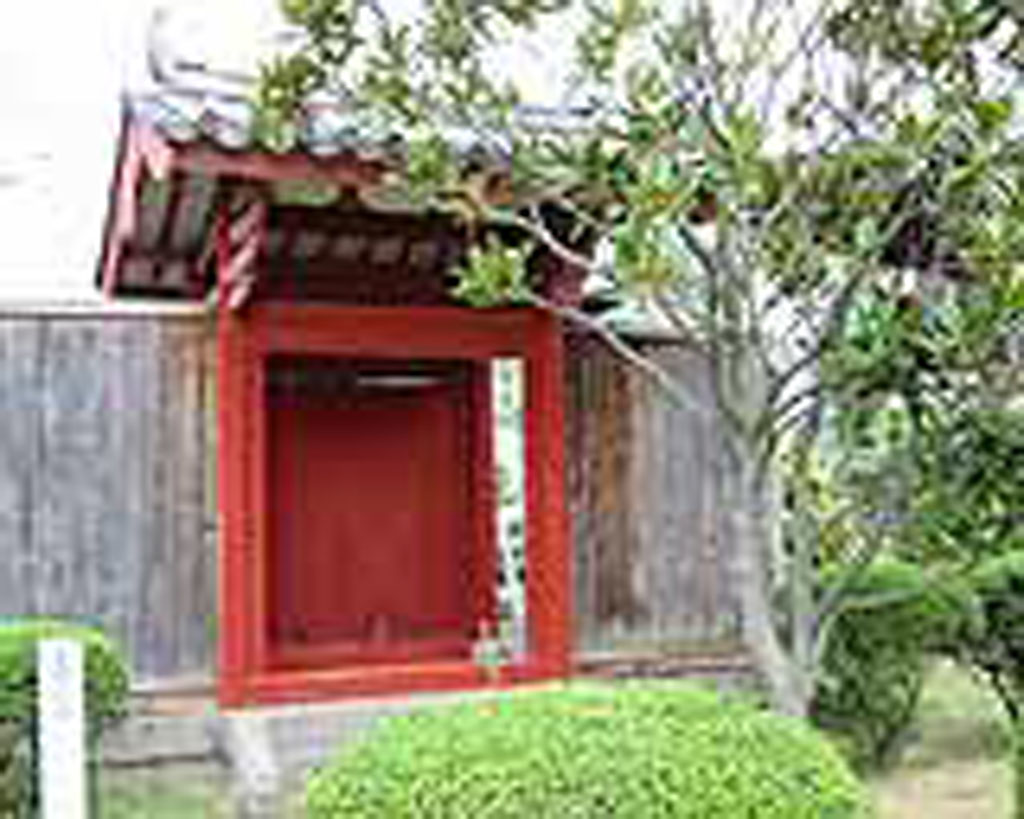Inception of food culture(8)
Chinese culture takes root in Nagasaki

During the period of national isolation, because Nagasaki had functioned as a gateway between Japan and the rest of the world, exotic foreign culture flourished there, including manners, culture and religions from abroad.
China had a particularly outsized effect on Nagasaki. Festivals such as Okunchii, the Spirit Boat Procession and the Peron Festival, as well as Urabon, large-plate dining in which everyone gathers around the same table, continue to bring a Chinese flavor to daily life in Nagasaki.
You can still see footprints in Nagasaki of the close relationship between the people of the city and China at that time. These include Kannaimachi with the site of the former Chinese quarter; Teramachi-dori street, the location of To-dera temple; and a Confucian Shrine that gave spiritual comfort to Chinese people.

Related Spots


Nagasaki Shinchi Chinatown
This is one of the top three Chinatowns in Japan, along with those in Yokohama and Kobe. It has a crossroads running 250 meters north to south with 40 shops on it. The site of the former Chinese quarter is located nearby.
Location: Shinchimachi, Nagasaki-shi, Nagasaki
PH: 095-822-6540 (Nagasaki Shinchi Chinatown Shopping Street Promotion Association)
Website: Nagasaki Shinchi Chinatown (Japanese only)
http://nagasaki-chinatown.com/
Transportation: Approx. 35 min from Nagasaki Airport by limousine bus
Take the tram for 8 min from JR Nagasaki Station toward “Sofukuji Temple” and get off at “Shinchi Chinatown”. 1min walk from the tram stop.
Approx. 5 min from Kyushu Odan Expressway Nagasaki-Oita Line Nagasaki Interchange